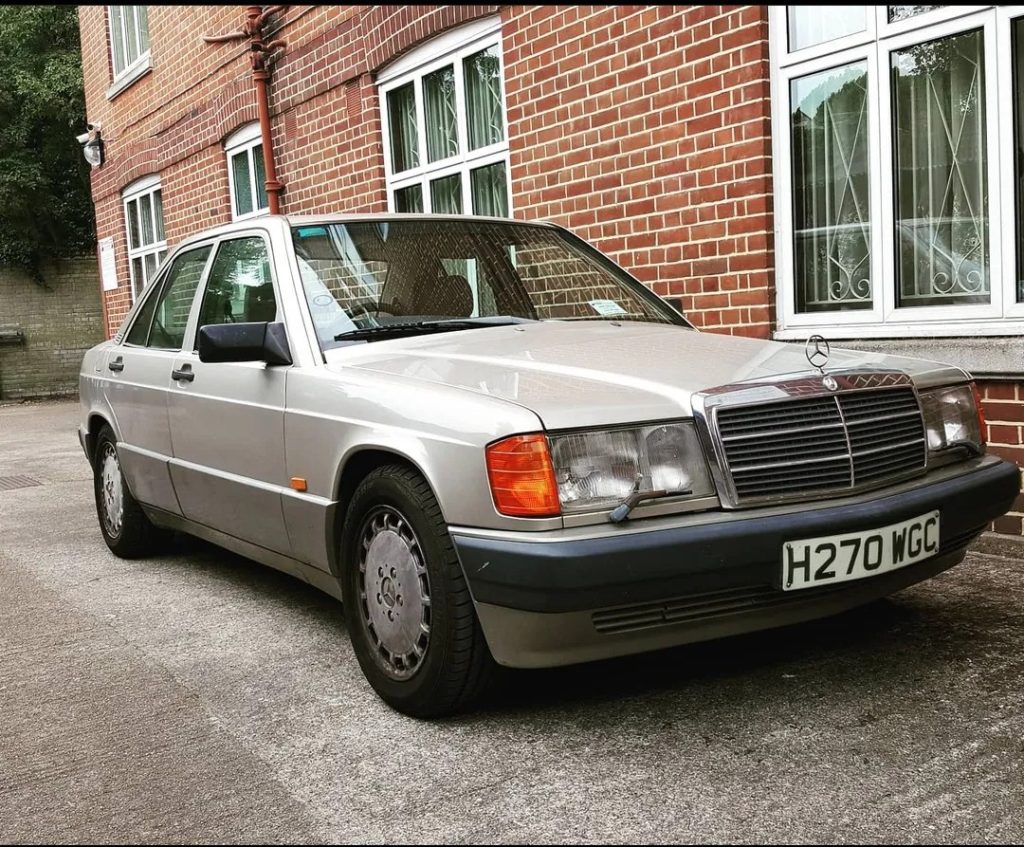
As we begin 2024, perhaps you’re thinking of purchasing a new classic car. Maybe you’re growing your fleet or considering owning your very first classic. Classic car ownership can be a strange phenomenon. We spend hours tinkering and polishing our pride and joy but how often do we actually drive them? Many of these motors see the inside of a garage, only to be rolled out for the occasional car show. We’re all for taking care of them but they are cars after all and it’s great to see them on the road doing what they were built to do. There’s also a lot to be said for regular use when it comes to the overall health of your car.
With that in mind, we’ve put together a list of classic cars that make great daily drivers. The car has been in production for almost 140 years so what constitutes a classic these days is up for debate. Cost comes into play too; if you own a super rare and valuable car, you’re probably not going to feel comfortable leaving it in the supermarket car park. Plus this is going to be a much more interesting read if you’ve actually got a chance of owning some of these. With all that in mind, we’ve decided to look at cars over 25 years old and under the £12k mark.
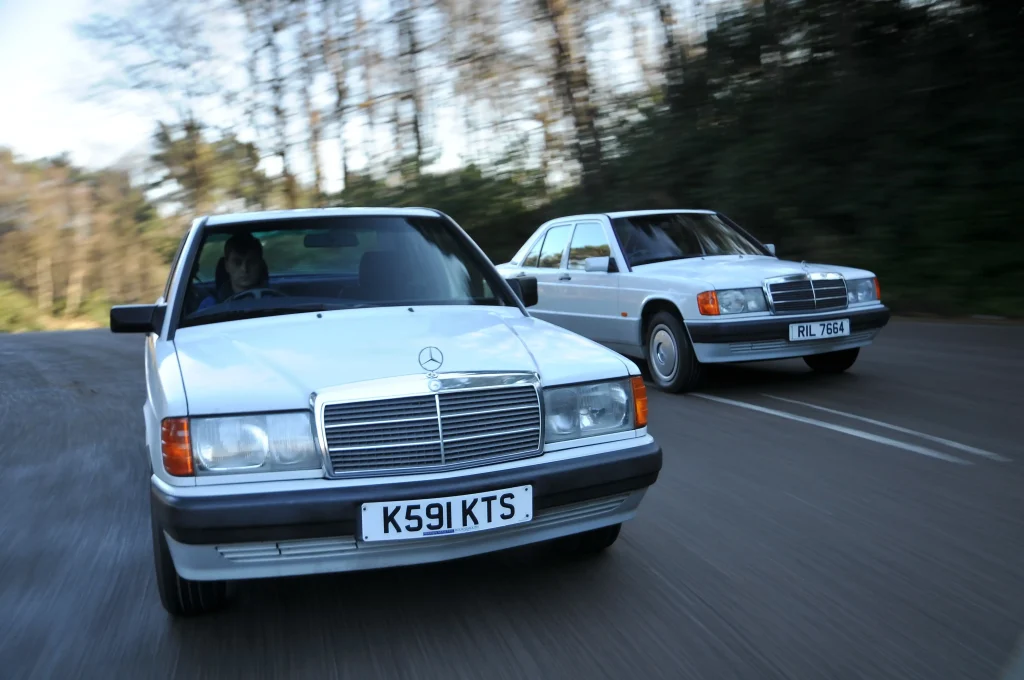
Produced between 1982 and 1993, the 190 or W201 to enthusiasts was Mercedes’ first compact saloon; the genesis of the C-class. Early models were available carburetted but it’s the ‘Einspritzung’ fuel injected models you really want and you’ll struggle to find the former anyway. Engine wise, the UK had a choice of petrol 1.8 and 2 litre 4-pots as well a 2.6 straight 6. There were diesels as well but these are painfully slow by comparison with little gain in fuel economy. So enough of the technical stuff, what’s so good about these cars? In a nutshell, you get an extremely well built, 80s styled wafty Mercedes with a small footprint (fits inside a current Ford Focus). Comfy and smooth for long trips but small enough to make parking in the city a doddle. If you’re handy with the spanners, they are easy to work on and parts availability is excellent – Mercedes still manufactures many parts for their classic models. If you fancy something slightly bigger, step up the E-class W124 chassis for a similar experience.
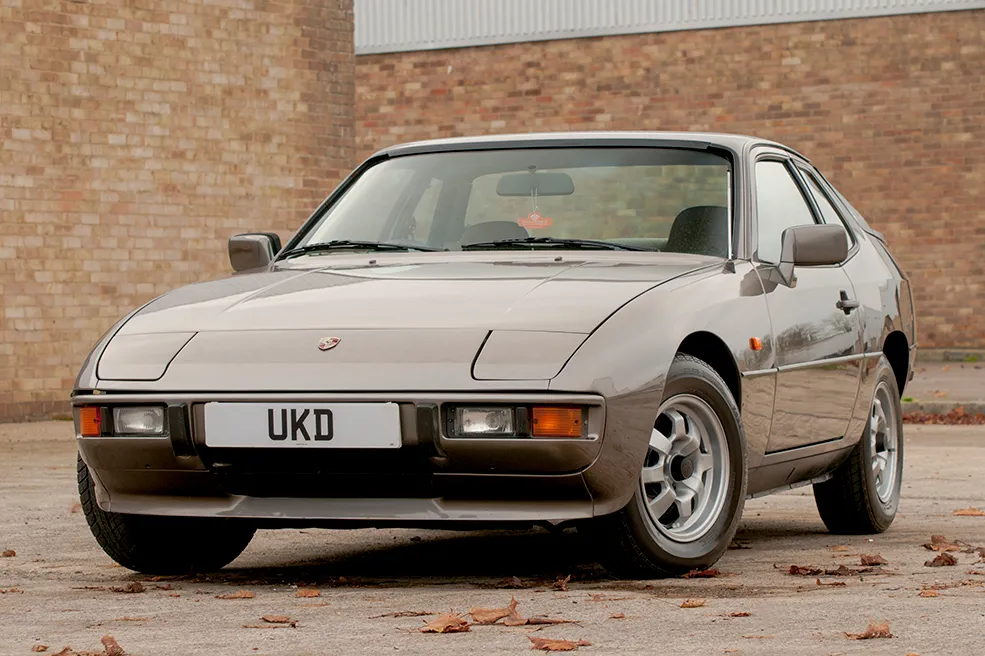
In the Porsche line-up, the 924 is often overlooked and even overshadowed by its own siblings within the platform. However, as classic Porsche values skyrocket and the 924 begins to creep up, it could be a great time to get into one and enjoy it. Born in the mid-1970s as Porsche’s entry-level model, the 924 emerged during a transformative era for the brand, setting its sights on a broader market. While its history might not echo the roaring engines of its siblings, it still provides a blend of performance, practicality, and Porsche prestige for the daily commute. It’s pretty small by today’s standards so parking and winding through city streets is easy. As these were fairly popular, parts availability is good as is support online and via owners clubs.
The car was developed in collaboration with Volkswagen hence why you may often hear it referred to as ‘not a real Porsche’. Regardless, it’s a sporty looking coupe with pop-up headlights and a Porsche badge so you be the judge. Initially powered by a modest 2.0-liter inline-four engine, the 924 wasn’t an instant sensation in terms of raw power. However, its handling and balanced weight distribution, owing to its front-engine layout, make it a joy to drive. If you fancy a bit more oomph, look for Turbo or Turbo S models as well as the large 2.5 litre that arrived in the final years, however expect to pay a fair bit more for the privilege.
The 200 series was manufactured in various iterations for over 40 years but we’re focusing on the final version that was in service from 1983 to 1993. Similar to German build quality of the time, these are great workhorses that will clock huge mileage if looked after. The 240 was available as both a saloon and estate but it’s the latter we’re really interested in. Not only is it iconic, there’s just something inherently cool about old wagons, especially when crossovers and SUVs dominate today’s landscape. This is also what makes it a great daily, a large boot that gets even bigger when you fold the rear seats down to create a completely flat loading bay. Want even more practicality? Find one specced with the rear facing child seats and you’re now driving a very stylish 7-seater. Don’t worry… these also fold flat into the floor. There were a range of engines but most for sale will be the 2.0 or 2.3 litre 4-cylinder. You can venture down the diesel route but given that the petrol options aren’t fast by any stretch of the imagination, you may need some patience if opting for the ‘DL’ models.
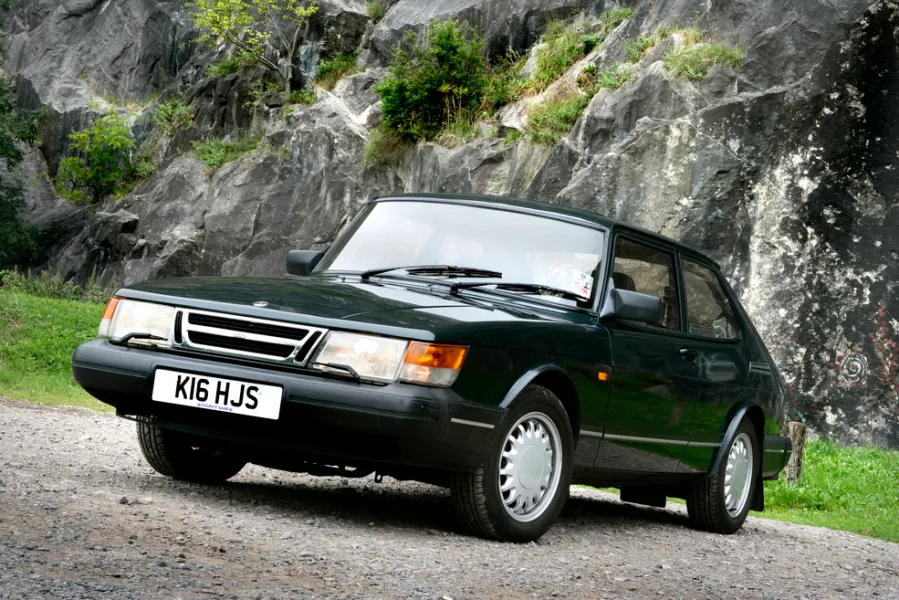
There’s just something quirky and cool about Saabs. The fact that the marque no longer exists only adds to the allure. The ‘Classic’ 900 was produced between 1978 and 1994 but today’s market skews heavily towards 90’s examples. That said, you’ll still have a choice of 3-door, 5-door and convertible models. The styling was always interesting, somewhere between a hatchback and coupe. The interior isn’t exactly normal either with the cockpit style dash and classic Saab quirks like the centre console ignition. You’ll certainly stand out in whatever bodystyle you choose given these are a pretty rare sight on UK roads nowadays. When it comes to engines, you can have your choice of a naturally aspirated 2.0 litre 4-pot or the coveted Turbo although the latter may be stretching the budget slightly. Both engines are fairly reliable but there’s less to go wrong with the NA version. Given that the brand is no longer with us, it’s easy to assume that parts will be hard to get hold of but in reality there are a wealth of sources online. If you’ll be tackling maintenance yourself, you can also breathe a sigh of relief as these cars are pretty easy to work on.
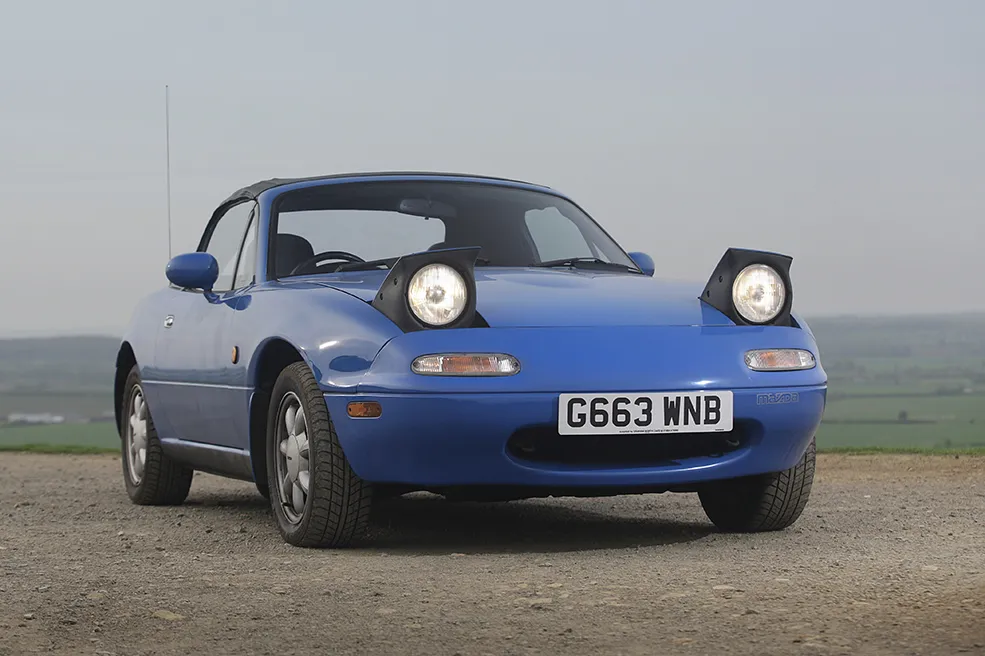
Definitely a ‘modern classic’ compared to the rest of the list but still an iconic and very usable car. Debuting in 1989, Mazda sought to produce a lightweight roadster, something of an homage to classic British roadsters such as the MG-B and Triumph Spitfire. Available as a 1.6 or 1.8 litre petrol 4 cylinder, the MX-5 was never about straight line speed but rather handling and an engaging driving experience. So in a sense, you get the best of both worlds, the classic roadster experience with Japanese reliability. Speaking of Japan, the styling is definitely of its roots with a big smile and pop-up headlights. Unsurprisingly, these cars are very reliable although being a 90’s Japanese, they aren’t the most resistant to corrosion so make sure you thoroughly inspect a potential purchase. Parts availability is excellent – not only are there a wealth of used parts given the car sold in large numbers, since 2020, Mazda has expanded the range of official reproduction parts.
| Cookie | Duration | Description |
|---|---|---|
| cookielawinfo-checkbox-analytics | 11 months | This cookie is set by GDPR Cookie Consent plugin. The cookie is used to store the user consent for the cookies in the category "Analytics". |
| cookielawinfo-checkbox-functional | 11 months | The cookie is set by GDPR cookie consent to record the user consent for the cookies in the category "Functional". |
| cookielawinfo-checkbox-necessary | 11 months | This cookie is set by GDPR Cookie Consent plugin. The cookies is used to store the user consent for the cookies in the category "Necessary". |
| cookielawinfo-checkbox-others | 11 months | This cookie is set by GDPR Cookie Consent plugin. The cookie is used to store the user consent for the cookies in the category "Other. |
| cookielawinfo-checkbox-performance | 11 months | This cookie is set by GDPR Cookie Consent plugin. The cookie is used to store the user consent for the cookies in the category "Performance". |
| viewed_cookie_policy | 11 months | The cookie is set by the GDPR Cookie Consent plugin and is used to store whether or not user has consented to the use of cookies. It does not store any personal data. |
